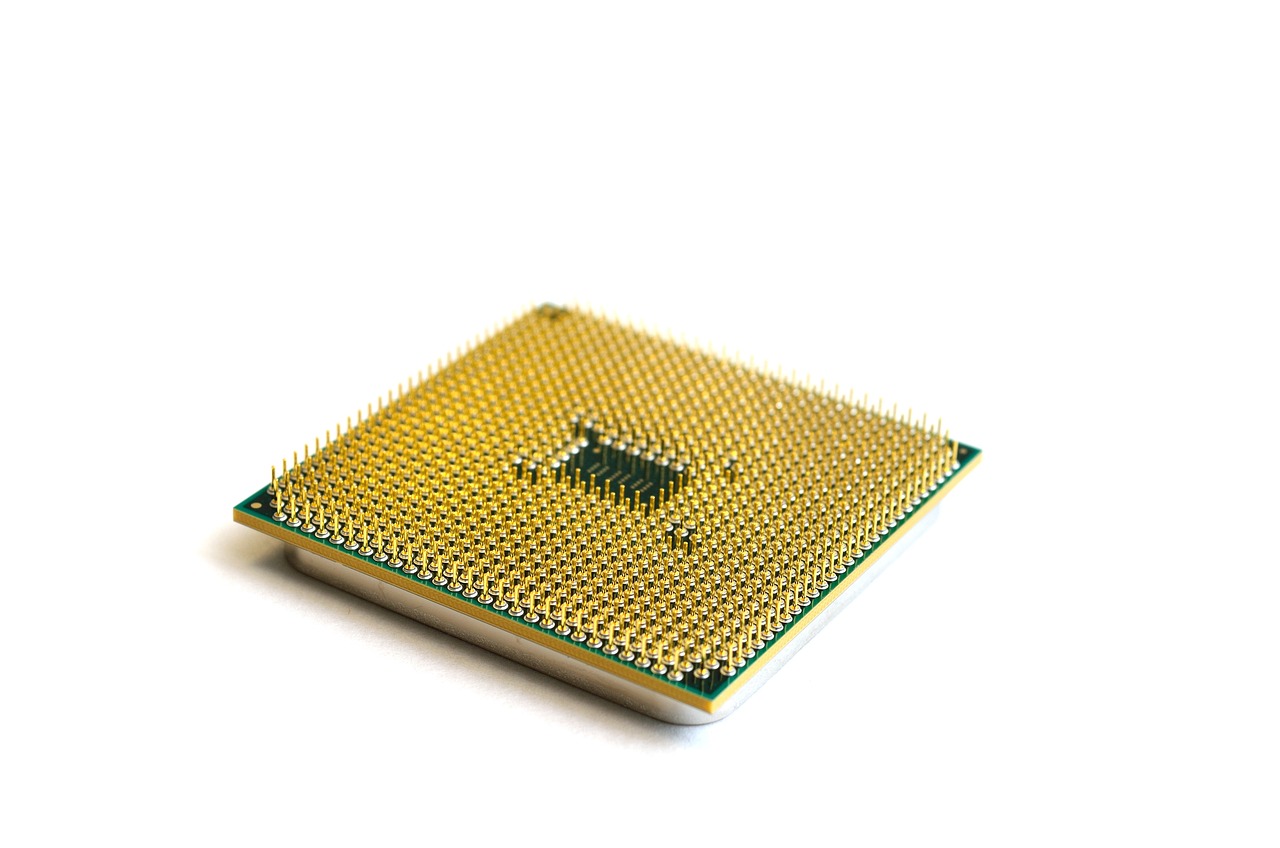India is currently at the brink of a digital revolution, with the government's ambitious vision of a trillion-dollar digital economy by 2025. The country has made significant strides in the ICT industry, including the fastest 5G deployment and implementation of Digital Public Infrastructure. KPMG’s report Expanding Tech Horizons: Unlocking India’s Digital Potential, explores India's digital potential and the opportunities it presents for industry stakeholders.
The India Story |
|
|
|
India: A Global Force
The report highlights India's emergence as a global leader in the ICT industry. It provides an overview of the government's policies, private sector investments, and the young, tech-savvy population that have contributed to India's digital transformation.
The country has also emerged as a nursery for startups, with a thriving ecosystem and a growing number of unicorns. Indian edtech startup Byju's recently became the world's most valuable edtech company.
The India Story |
|
|
|
India's digital prowess has also been recognized by international organizations, with the country ranking 48th in the Global Innovation Index 2021. India has made significant progress in areas such as human capital and research, with the country ranking 3rd in the world in terms of the number of science and engineering graduates.
However, there are challenges that India faces in its digital transformation journey. The report notes that India lags behind in areas such as digital infrastructure, access to finance, and ease of doing business. The report calls for the government to tackle these challenges and thus create an enabling environment for the private sector to invest in the digital economy.
Expanding Tech Horizons
There is a huge impact of digital technologies on India's economy and society. The report highlights the government's Digital India initiative and the implementation of Digital Public Infrastructure, which includes Aadhaar, UPI, and DigiLocker.
The COVID-19 pandemic that caused such havoc also has accelerated the adoption of digital technologies in India, with the country witnessing a surge in e-commerce, digital payments, and online education. The report highlights the potential of emerging technologies such as AI, blockchain, and IoT in driving India's digital growth.
As of October 2, 2023, the BharatNet project has: |
|
|
|
|
The Digital Public Infrastructure has played a crucial role in India's digital transformation. Aadhaar, India's biometric identity system, has enabled the government to deliver welfare benefits to millions of citizens. The report also highlights the success of UPI, India's digital payments system, which has witnessed exponential growth in recent years.
The implementation of Digital Public Infrastructure has created new opportunities for startups and entrepreneurs. There are so many examples of startups that have leveraged the infrastructure to create innovative solutions, such as healthtech startup Practo and fintech startup Razorpay.
The challenges that India faces in its digital transformation journey are also huge. India lags behind in areas such as digital literacy, cybersecurity, and data privacy.
The India Story |
|
|
|
Powering up: Electronics manufacturing in India
The report also focuses on India's electronics manufacturing industry. It provides a detailed analysis of the electronics manufacturing value chain, including the bill of material break up for a sub-USD 1,000 laptop.
India's electronics manufacturing industry has witnessed significant growth in recent years, with the government's Make in India initiative and the Production Linked Incentive scheme. The report highlights the need for the industry to focus on research and development, IP protection, and partnerships with global companies to enhance their core capabilities.
Investments by Indian and foreign entities through partnerships and other developments |
| - A US chipmaking giant starting construction of a USD 2.75 billion semiconductor factory in Gujarat |
| - The Indian government earmarking INR 11-12 billion (approx. USD 133.83 million-USD 146 million) to support the country's semiconductor design startups |
| - Major US semiconductor companies investing in India's semiconductor industry, including Intel, Qualcomm, and Texas Instruments |
| - The establishment of a joint venture between Indian telecom company Bharti Airtel and US chipmaker Qualcomm to develop 5G technology in India |
| - The acquisition of Indian startups by foreign companies, including Walmart's acquisition of Flipkart and Facebook's acquisition of Jio Platforms |
The report provides an overview of the electronics manufacturing value chain, including the various components that go into the manufacturing of a laptop. It gives a detailed analysis of the bill of material (BoM) break up for a sub-USD 1000 laptop, which includes the various components and their costs. India sources 50-80% of the BoM for storage HDD and 20-40% for graphics domestically. The percentage contribution of sub-assemblies to the BoM of a sub-USD 1000 laptop shows that graphics have the highest contribution at 22.11%, followed by RAM at 11.99% and CPU at 11.88%
The government's Make in India initiative and the Production Linked Incentive scheme have played a crucial role in boosting India's electronics manufacturing industry. The report highlights the success of companies such as Foxconn and Samsung, which have set up manufacturing facilities in India.
India's electronics manufacturing industry faces several challenges, including the lack of a robust supply chain, high logistics costs, and a shortage of skilled labor.
The India Story |
|
|
|
What has helped India achieve so much?
These achievements have been a result of the government’s vision to drive an ICT centric growth, enabled by some of the policy changes included below:
| The new Telecom bill that seeks to replace archaic laws and enable the pathway to make India a digitally connected nation |
| With cybersecurity and e-governance joining the list of top national priorities, measures such as the Digital Personal Data Protection Act (DPDPA), aimed at protecting users and countering cyber frauds, reinforce India's commitment to digital safety |
| National Broadband mission that has enabled broadband connectivity to 93.21 per cent of villages |
| PLI scheme to boost Indian manufacturing ecosystem in telecom, IT hardware, semiconductor value chains with a target to increase electronics manufacturing capacity to INR 24,000 billion and which will also help create over a million jobs by 2025-26 |
| The Pradhan Mantri Gramin Digital Saksharta Abhiyan that aims to train 600 million rural Indians in digital literacy |
| Multiple reforms aiming to enhance ease of doing business like simplification of Right of Way (RoW rules), launching of Gati Shakti portal among others |
Recommendations
The report provides several recommendations for the Indian government and the industry to fully realize the potential of the digital economy.
| Recommendations for the Indian government and the industry |
| - Encouraging the use of cutting-edge technologies, including 5G and 6G, satellite communications, and semiconductors |
| - Providing financial inducements and regulatory assistance and encouraging public-private partnerships towards this end |
| - Making sustained investments in digital infrastructure, particularly in broadband and data centers, to provide nationwide access to the internet |
| - Creating an environment conducive to ICT R&D and production. Offering more incentives such as tax rebates, land subsidies, and other rewards, to domestic and international businesses |
| - Investing in skill development for the workforce, with a special focus on 5G, semiconductors, and satellite communication, to ensure that India has the talent required to support the expansion and sustain the growth of these sectors |
| - Working with the public sector to promote inclusivity and digital literacy |
Conclusion
India's digital leap presents a plethora of opportunities for industry stakeholders, including startups, investors, and multinational corporations. The government's vision of a trillion-dollar digital economy by 2025 is ambitious, but achievable, with the right policies and investments. As India aims to become a global technology powerhouse, industry stakeholders are invited to engage in a discussion about the country's place in the era of Global Digital Innovation at the India Mobile Congress event.







